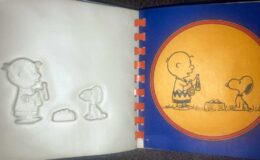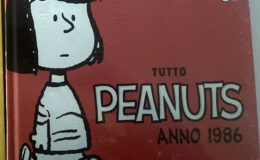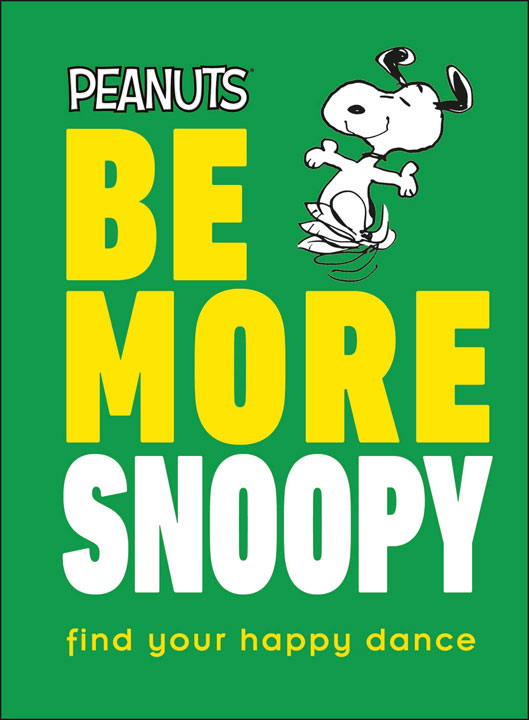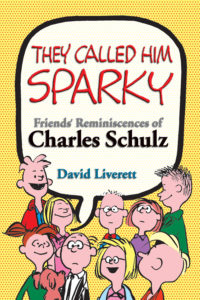Name that Peanuts character!
- By : Nat
- Category : Classic finds, Franklin, Reviews
Okay, you know all the Peanuts characters, right? You know the major folks, the minor folks, you can even tell 3 from 4, I’m sure. So here goes:
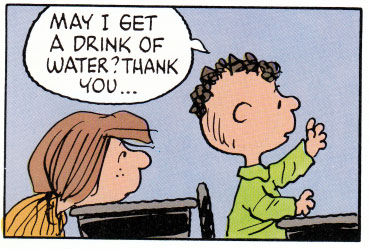
So can you name the young gentleman on the right side of this panel, scanned here from Snoopy Swings Into Action, a 1992 British collection of Sunday strips from 1988?
I’ll give you some time to think about this.
Scrape your memory. Consider it carefully.
You got it? If so, you’re probably taking a second look at that panel. Yes, that’s the same fellow generally seated in front of Peppermint Patty. It’s the one and only Franklin, specifically identified as such in the strip.
By this period, Schulz wasn’t doing much hand-shading to indicate Franklin’s skin tone. For daily strips, a patterned tone was added to darken him, and in the Sunday strips, it was left up to the coloring. Now, coloring dark skin can be difficult; I was once involved in a racially diverse comic book line where they actually developed new coloring techniques in order to capture a range of skin tones. I’m now reading some discussions about African-American strip characters whose skin coloration has lightened over the years, with commentators wondering whether its a purposeful attempt to make the characters more acceptable to the audience, or whether there were legitimate reproduction and clarity problems with the original tones.
Even before I hit this strip, I was strongly suspecting that the coloring of the strips in this book did not match the original newspaper coloring. But the question remains: was whoever colored this strip simply unaware of Franklin’s traditional coloration? Or was it a purposeful decision to whiten up his identity? Danged if I know.

